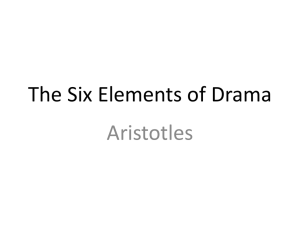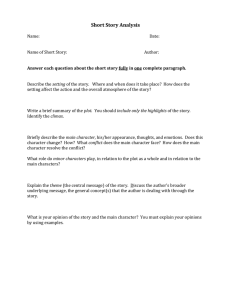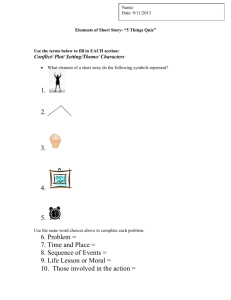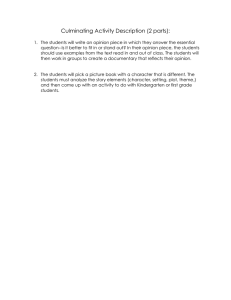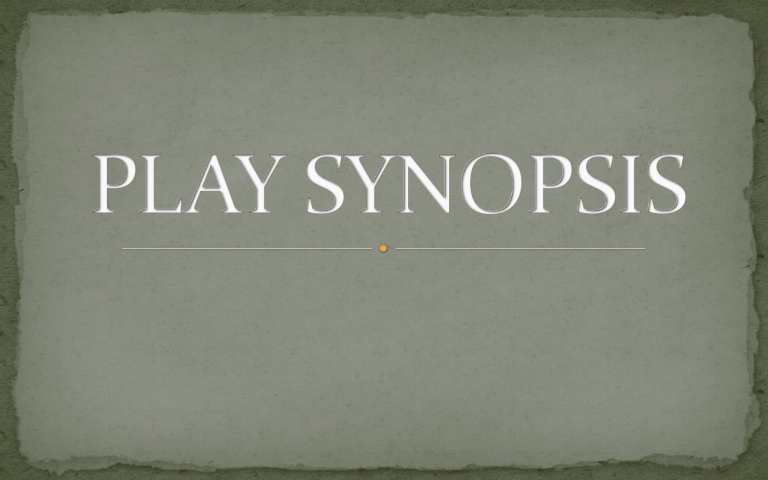
Identify types and features of a play synopsis Your analysis will be tested with this activity for you are about to match the following different plays to its corresponding place on the table given below and explain why you chose it to belong there. Play is a literary form of writing for theatre, which narrates a story with elements of conflicts, tensions, and actions through dialogues of characters. For dramatic significance, it is divided into acts and scenes. The writers present their feelings, emotions, and ideas through their characters and make them speak. A synopsis is a brief summary that gives audiences an idea of what a composition is about. It provides an overview of the storyline or main points and other defining factors of the work, which may include style, genre, persons or characters of note, setting, and so on Tragedies – these plays focus on a tragic hero (or couple, as in Romeo and Juliet) whose downfall is brought about through weakness or misfortune of some kind. This kind of play ends with the death of the central character but also involves the death of a number of other characters. Comedies – this kind of play involves humour and often confusion, disguise,mistaken identity etc. Unlike our modern idea of comedy, some ofShakespeare’s comedies can be quite ‘dark’ but the main thing is that they end happily and there are no deaths at the end. Histories – this kind of play is based on historical events and characters, often on kings or important figures from Roman history. These plays often have tragic elements too. Romances – these are some of Shakespeare’s later plays (sometimes called ‘Last Plays), and often involve magical worlds and happenings, mysterious events and moral lessons contained within a ‘happy’ ending. A small number of his plays, however, do not fit easily into these categories. PLOT CHARACTER THEME LANGUAGE RHYTHM SPECTACLE The arrangement of events or incidents in the story. PLOT CHARACTER THEME LANGUAGE RHYTHM SPECTACLE The reason the playwright wrote the play. The examination of “patterns of life” (6) can be didactic or just a slice of life. PLOT CHARACTER THEME LANGUAGE RHYTHM SPECTACLE The agents of the plot. PLOT CHARACTER THEME LANGUAGE RHYTHM SPECTACLE The heart of the play. Plot, character, language, and spectacle all have their individual rhythms in time. PLOT CHARACTER THEME LANGUAGE RHYTHM SPECTACLE Everything that is seen or heard on stage. Actors, sets, costumes, lights and sound. PLOT CHARACTER THEME LANGUAGE RHYTHM SPECTACLE “Vivid characters” (6) facing and overcoming recognizable obstacles need to express themselves in “heightened language.” Comment your outputs on the recent activity done earlier on our Facebook group page. Watch the video below to be used for an activity soon. https://www.youtube.com/watch?v=Z8 1wjUl3BvU

